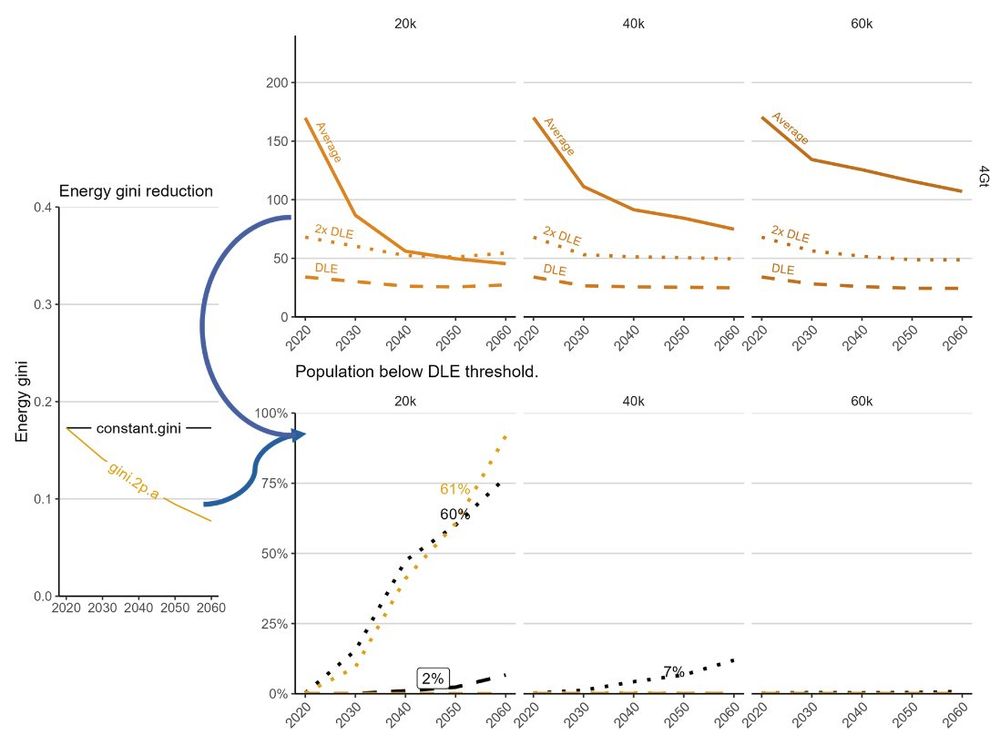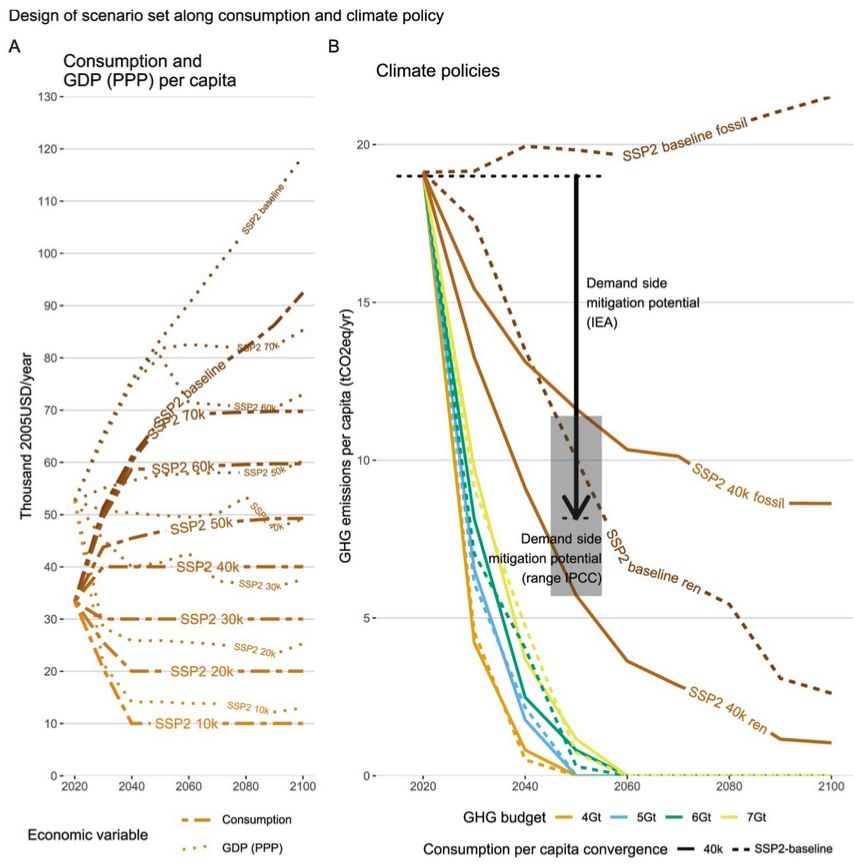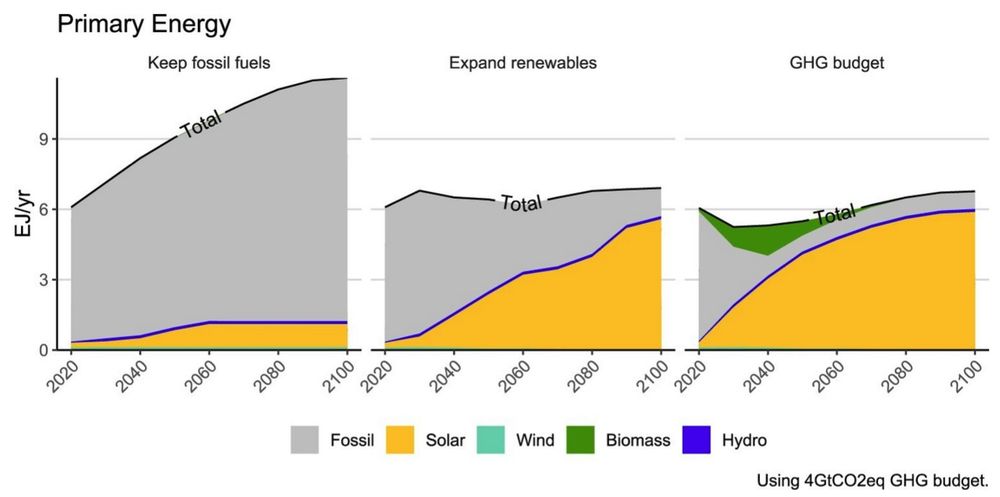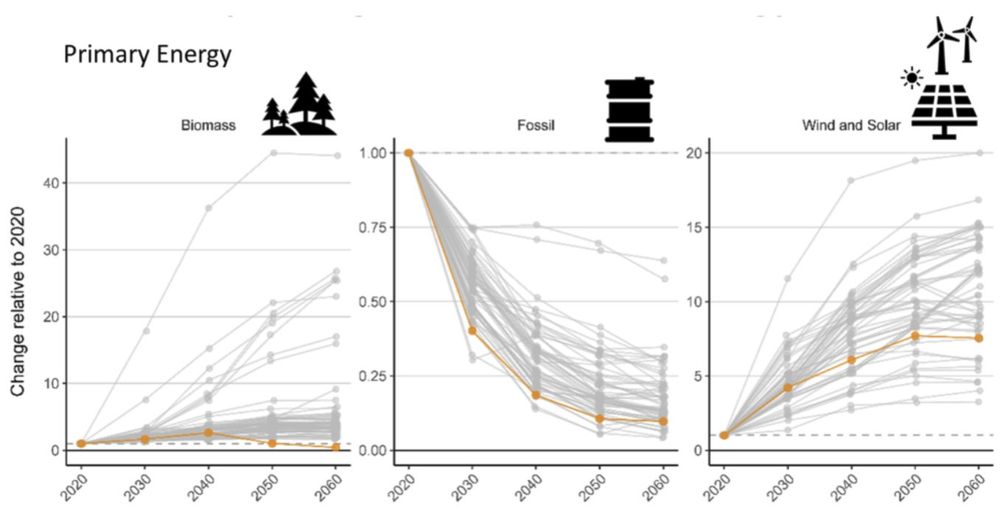



First exit poll is here.
Dutch elections not easy to cover / explain: so many parties (~15)!
Since last year, I'm trying to track the votes by party colour - here's how I grouped it.
github.com/jkikstra/ele...

First exit poll is here.
Dutch elections not easy to cover / explain: so many parties (~15)!
Since last year, I'm trying to track the votes by party colour - here's how I grouped it.
github.com/jkikstra/ele...
Attached a screenshot with the topics we will cover in our chapter.
All chapter outlines: www.ipcc.ch/site/assets/...

Attached a screenshot with the topics we will cover in our chapter.
All chapter outlines: www.ipcc.ch/site/assets/...
Chapter 3, WG III. I expect to focus on global mitigation pathways, decent living standards for all, and post-growth approaches.
Team looks great! First big meeting in December.
All authors: apps.ipcc.ch/report/autho...

Chapter 3, WG III. I expect to focus on global mitigation pathways, decent living standards for all, and post-growth approaches.
Team looks great! First big meeting in December.
All authors: apps.ipcc.ch/report/autho...
We can think about three levers:
(1) *Increasing services*
(2) *Reducing inequality*
(3) *Improving efficiency*

We can think about three levers:
(1) *Increasing services*
(2) *Reducing inequality*
(3) *Improving efficiency*
Abstract submission deadline: 15 January 13:00 CET(!)
Link: meetingorganizer.copernicus.org/EGU25/sessio...
Submit anything that deals with:
- responses to forcing changes;
- uses CMIP7, CMIP6, or other CMIP phases
Please circulate!
...

Abstract submission deadline: 15 January 13:00 CET(!)
Link: meetingorganizer.copernicus.org/EGU25/sessio...
Submit anything that deals with:
- responses to forcing changes;
- uses CMIP7, CMIP6, or other CMIP phases
Please circulate!
...
- Exploring meeting a wide range of mitigation targets (using non-monotonic utility function - see figure)
- Identifying the energy supply system benefits
- Linking to poverty and justice
- Highlighting effects on decoupling and feasibility

- Exploring meeting a wide range of mitigation targets (using non-monotonic utility function - see figure)
- Identifying the energy supply system benefits
- Linking to poverty and justice
- Highlighting effects on decoupling and feasibility
It’s a big list!
A long list of policies, and a long list of accompanying model extensions.

It’s a big list!
A long list of policies, and a long list of accompanying model extensions.
It’s different whether talking emissions or energy.
GHG: absolute decoupling happens in all cases (required to meet climate targets)
Energy (final): 2020-2030 decoupling speed is reduced, but not for 2030-2050
Materials would be different again.

It’s different whether talking emissions or energy.
GHG: absolute decoupling happens in all cases (required to meet climate targets)
Energy (final): 2020-2030 decoupling speed is reduced, but not for 2030-2050
Materials would be different again.
For some it is about justice: faster emissions reductions in rich countries.
Feasibility + sustainability: reducing technology upscaling (CDR, renewables) and decoupling rates.

For some it is about justice: faster emissions reductions in rich countries.
Feasibility + sustainability: reducing technology upscaling (CDR, renewables) and decoupling rates.
Not so easy to say, but scenarios with combined energy efficiency and demand reductions beyond the “40k” scenario come with higher socio-cultural feasibility concerns (if not implementing enabling polices).

Not so easy to say, but scenarios with combined energy efficiency and demand reductions beyond the “40k” scenario come with higher socio-cultural feasibility concerns (if not implementing enabling polices).
But in terms of emissions, they cover the most ambitious range (and sometimes even go faster, but this is really pushing the model).

But in terms of emissions, they cover the most ambitious range (and sometimes even go faster, but this is really pushing the model).

For that, you need enough energy.
We check this for all scenarios, with (“gini.2p.a”) and without (“constant.gini”) inequality reduction.

For that, you need enough energy.
We check this for all scenarios, with (“gini.2p.a”) and without (“constant.gini”) inequality reduction.
Above, I was highlighting a variant with consumption per capita at slightly higher levels than currently in Australia (the “40k” variant) - which leads to roughly constant GDP per capita in our model.

Above, I was highlighting a variant with consumption per capita at slightly higher levels than currently in Australia (the “40k” variant) - which leads to roughly constant GDP per capita in our model.
We pair these consumption pathways with some “standard” climate policy scenarios, changing the energy system.
We compare a “standard growth” scenario (see figure) to variants with lower growth.

We pair these consumption pathways with some “standard” climate policy scenarios, changing the energy system.
We compare a “standard growth” scenario (see figure) to variants with lower growth.
- Faster reduction in fossil fuels than almost all IPCC scenarios
- Still fast, but relatively low upscaling of wind and solar
- Much reduced dependency on biomass for energy

- Faster reduction in fossil fuels than almost all IPCC scenarios
- Still fast, but relatively low upscaling of wind and solar
- Much reduced dependency on biomass for energy
While meeting very ambitious targets, stopping economic growth could:
- help limit solar and wind growth by about 40% around 2050 (but still increase 4-fold by 2030!)
- limit long-term material needs
- strongly reduce reliance on bioenergy

While meeting very ambitious targets, stopping economic growth could:
- help limit solar and wind growth by about 40% around 2050 (but still increase 4-fold by 2030!)
- limit long-term material needs
- strongly reduce reliance on bioenergy





The GDP & inequality projections paper is now in review, preprint here: dx.doi.org/10.13140/RG....


The GDP & inequality projections paper is now in review, preprint here: dx.doi.org/10.13140/RG....
At 18.45 our (poster by Kian Mintz-Woo) online IAMC presentation starts!
We'll propose a new way to consistently talk about this, to better understand justice considerations in IAM scenarios.

At 18.45 our (poster by Kian Mintz-Woo) online IAMC presentation starts!
We'll propose a new way to consistently talk about this, to better understand justice considerations in IAM scenarios.
So for those at IAMC, come find me during the session!
For others, scan the QR code or text me if interested :).

So for those at IAMC, come find me during the session!
For others, scan the QR code or text me if interested :).

